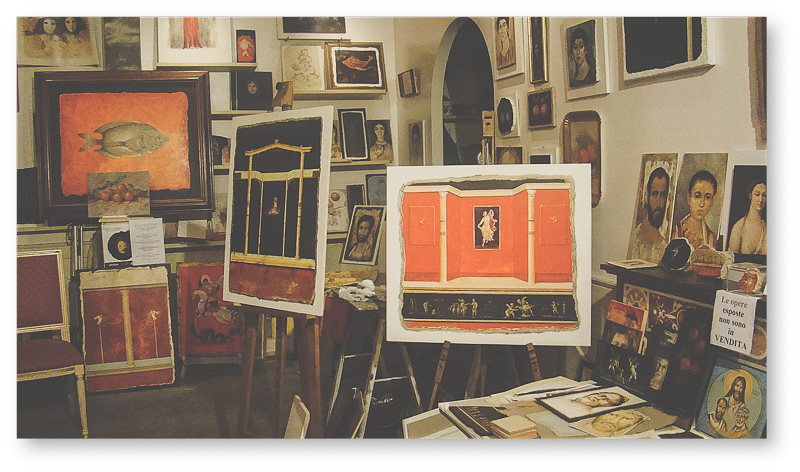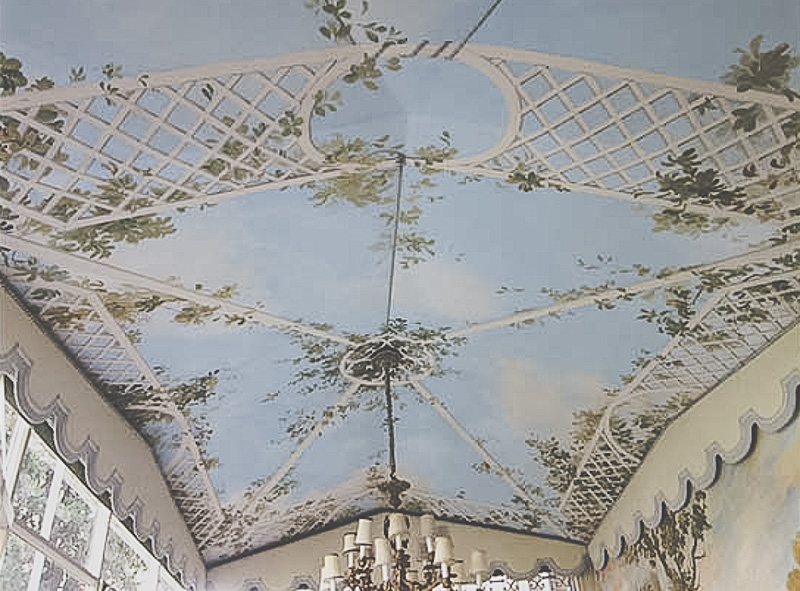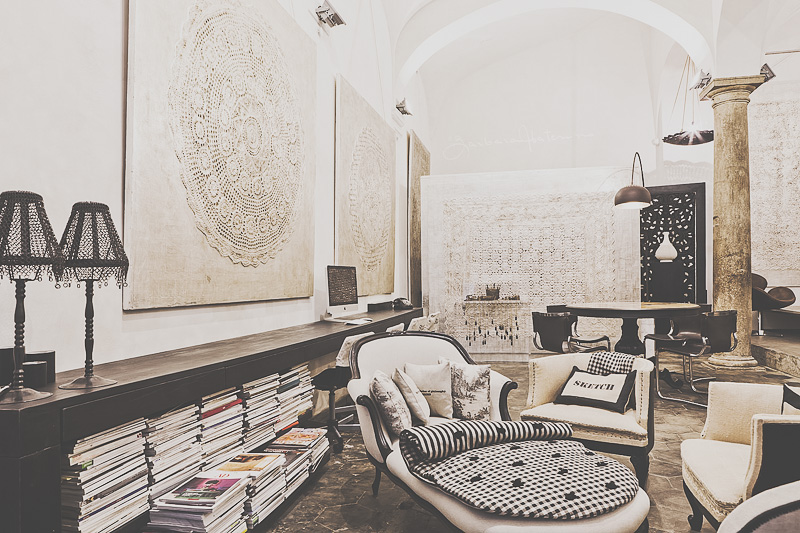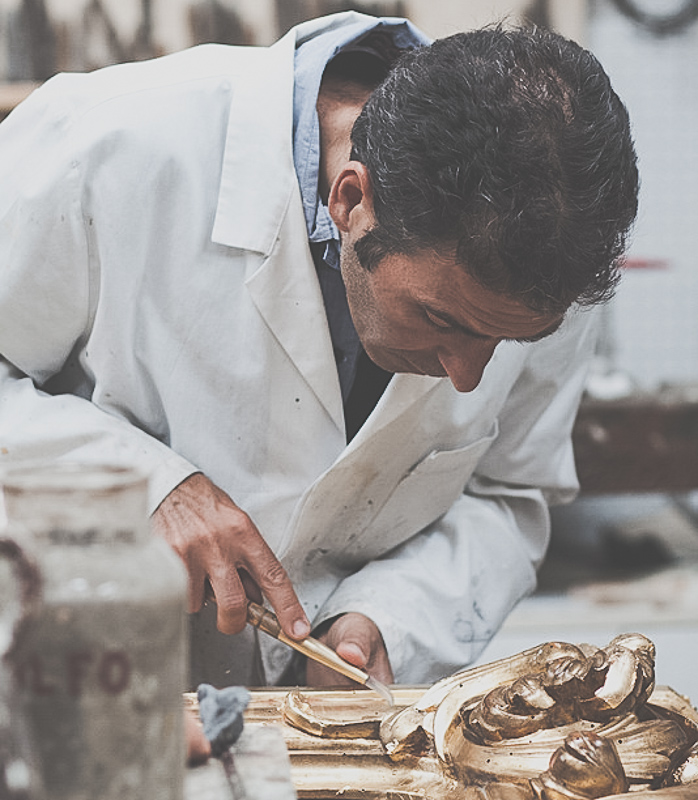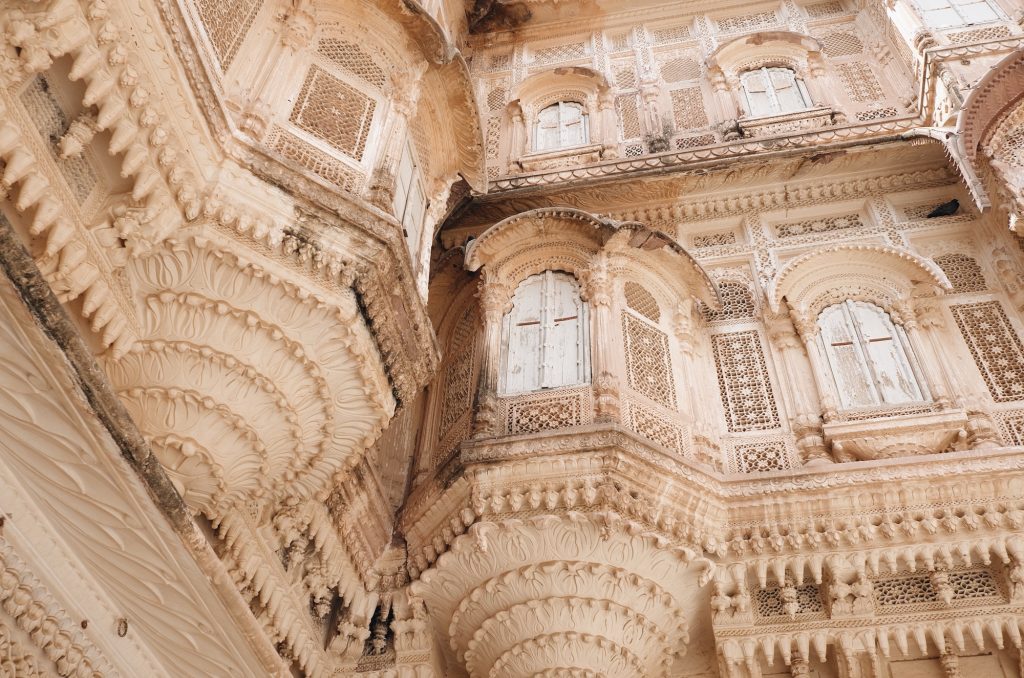One of the best things about Rome is strolling the narrow streets of the historical city centre. A maze crammed with restaurants, coffee shops, small boutiques and, quintessentially Italian, tiny studios and artisan workshops. You will almost stumble on people crafting jewellery, painting portraits and stuffing furniture. As you walk these old cobblestone-paved streets you feel the presence of the millenniums, and if you decide to walk in to any of these workshops, you will literally feel thrown back in time. I decided to have a heart to heart with four of these artists who live and breathe their work, and let them introduce their practice to me. Hopefully, together we can make sure that their ancient and antique traditions do not die out or are forgotten.
Italia in Arte
My first appointment is with Michele Paternuosto, an extraordinary man who has his studio, Italia in Arte, in the shadow of the Coliseum. For 65 years he has been specialising in encaustic painting, a method that uses hot bee wax mixed with pigments; a method that has until recently been neglected since before the Middle Ages. – It all began when I was five years old, Paternuosto explains. – My father took me to Pompeii and showed me the mural paintings in the houses there. He explained that they were made with a technique that no one knew anymore, and then and there, I decided that I was going to uncover this lost secret. Despite the numerous attempts made before him, including a near-achievement by the great Leonardo Da Vinci, Paternuosto actually succeeded in understanding the practice. – It’s been a 65 year old long journey, he continues. – It’s a great satisfaction. It’s the only technique that lets you paint on wet plaster – that gives you that Pompeii red and black. Those colours are not achievable with an ordinary al fresco. Besides, it allows for changes even days after the painting has dried, and you can work on any material. After many years of being in the dark, Michele Paternuosto has simply brought light upon this incredibly and durable method that is outliving the centuries.
Italia in Arte, Via del Cardello 21/d, 00184 RomeFederica Censi
I make my way over to the homonymous studio of Federica Censi, a painter that has not adopted a 2000-year old painting method, but sometimes does get inspired by the imagery. She does interior decorations, restorations, portraits and, perhaps most interestingly, trompe d’oeil – illusionistic paintings that literally translates to, “trick the eye.” Common subjects are wall and ceiling landscapes or faux architectural ornaments. In a city like Rome, full of magnificent historical apartments and palazzos, it is easy to see how Federica’s place here is obvious. The Romans have a strong relation to their artistic history and still wish to contribute and tie their dwellings to it. Federica’s paintings are often the bridge between the past and the present. As an entire wall decoration requires a lot of time, especially if richly decorated, Federica uses an efficient method not to occupy the client’s home for weeks at a time: she does nearly all the painting in her studio on a custom-made wallpaper-like roll. When the work is done, the application is a quick affair. This method can also be used instead of permanently restoring a fresco or a mural, and is completely invisible.
Federica Censi, Via dei Banchi Vecchi 16, 00186 RomeBarbara Abaterusso
Just a couple of minutes down the road, I enter the showroom of Barbara Abaterusso. An architect who became an artist who became a decorator, Barbara has a unique feeling for space, materials and innovative ideas. With an incredible story leading up to today, she now focuses mainly on furniture and interior decorations. The twist lies in the roots that connect all her recent work, namely the traditional crochet lace cloth. That is, that white detailed cloth that your grandma always had lying on the table, under flower vases, and, well, just about everywhere. Having become a somewhat dated pastime, Barbara has taken this practice and re-interpreted it in an incredible way. – I remember the women of my childhood organising actual get-togethers to crochet and enjoy each other’s company, creating decorations for family or friends, fruit of their work, love and time. However, Barbara’s work is an encounter between two opposite poles. – The femininity of the soft and delicate laces merge with masculine materials like iron, bronze and gold metals. The harmony of my work lies in this contrast, she explains.
Showroom of Barbara Abaterusso, Via di Monserrato 150 A, 00186 RomeCarletti Restauri
Going from one great artist to another, finally ending up behind Piazza Navona, at the workshop of Maurizio Carletti. Walking in, golden frameworks, candleholders and beautiful furniture from floor to ceiling, surround me. Going on 50 years of activity and experience, Carletti Restauri was opened in 1966 by Maurizio’s father and was taken over by him in 1999. Specialising in gildings, platings, lacquers and decorations, which comprehend a range of different techniques, everything is rigorously made by hand using old techniques and only the highest quality of natural materials. Over the years the shop has gained a great number of important clients, performing both restorations and commissioned work made from scratch. The techniques vary depending on the period and the technique used on that particular piece. – I adapt to that. It’s vital to understand and to be able to interpret the original artist’s style. You are not supposed to notice a well-executed restoration. In fact, Maurizio insists on the beauty of imperfection. – A work made by hand will never be as perfectly smooth or symmetrical as an industrially produced one. And isn’t that the whole point? We are fascinated by those unique piece that have a personal touch and a story to tell, and in an era where abilities and know-how is being replaced by mechanics and computers, it’s good to know someone’s still fighting for real human capacity and beauty.
Carletti Restauri, Via del Teatro Pace 26, 00186 Rome